Chana Orloff
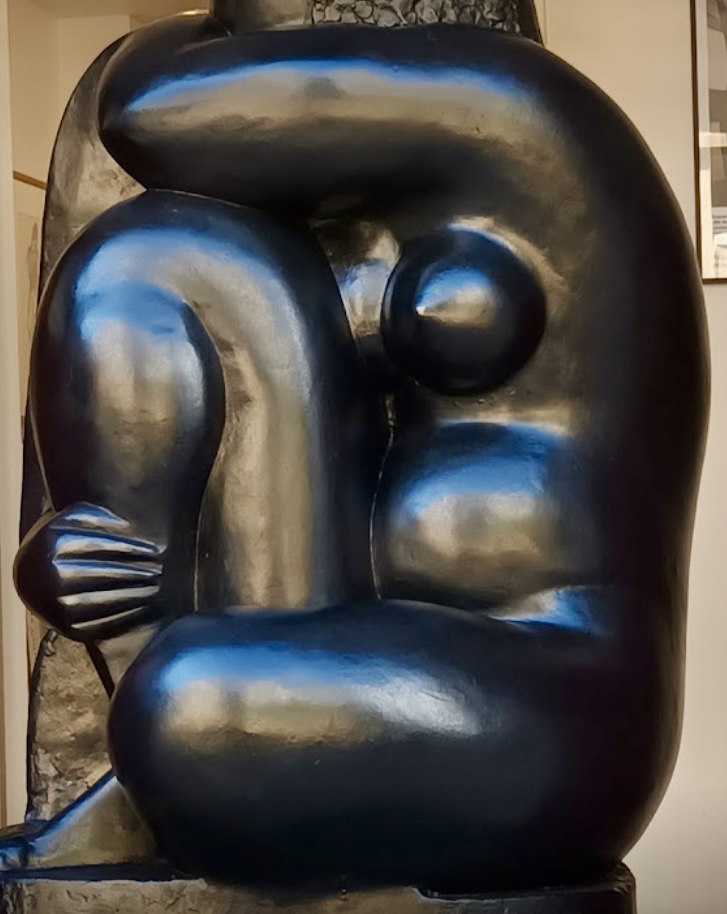
The Zadkine museum presents the first monographic Parisian exhibition dedicated to Chana Orloff, since 1971. Bringing together around a hundred works, it invites us to (re)discover an artist remarkably celebrated during her lifetime but unjustly unknown today, whose work is yet well represented in French and international collections, particularly in Israel.
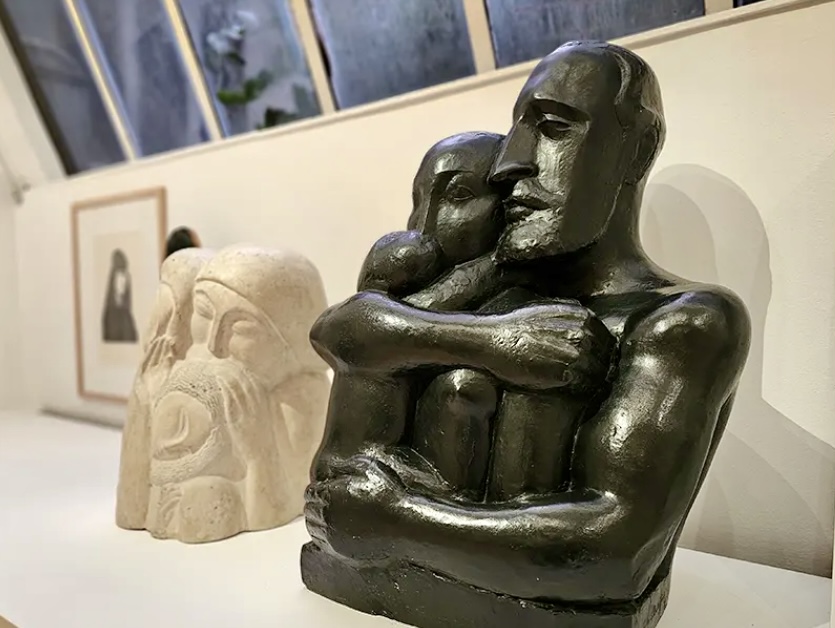
The Zadkine museum, located a stone’s throw from the artist’s studio on rue d’Assas at the start of his career, seems ideally suited to pay him this tribute: the sculptures of Chana Orloff occasionally interact with those of the master of the place, the sculptor Ossip Zadkine, who knew the artist whose exact contemporary he was. Their backgrounds also have many similarities: they are both of Jewish origin and born in the Russian Empire, she in what is now Ukraine and he in what is now Belarus. Parisians at heart, familiar with the Montparnasse district, Chana Orloff and Ossip Zadkine have led a parallel and independent route.
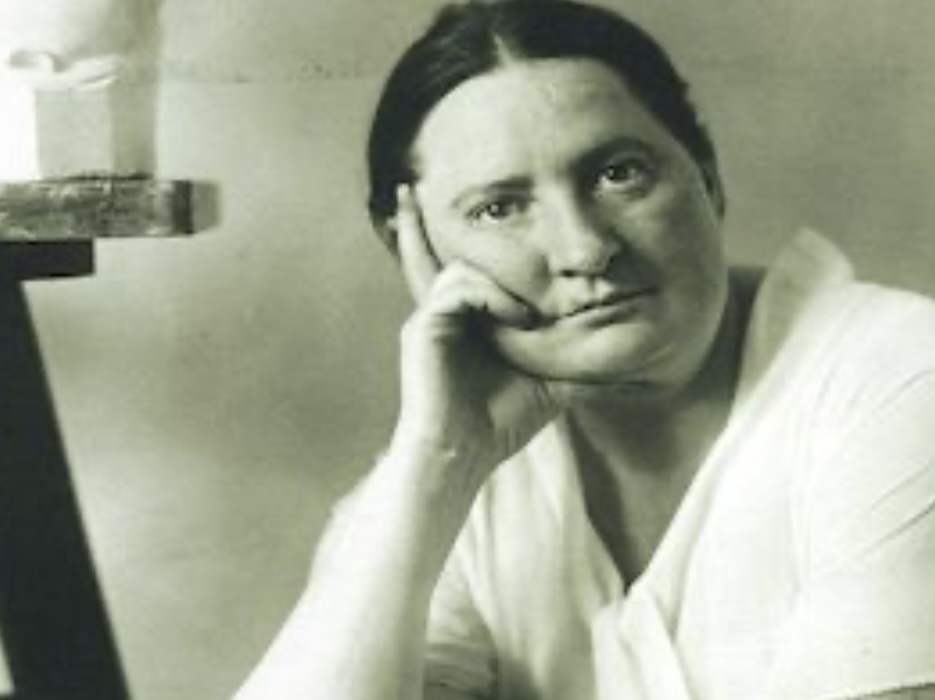
The exhibition reveals a strong and free female figure, whose emblematic work of the School of Paris marked her era. It highlights the major themes dear to Chana Orloff: the portrait through which the artist became known and acquired her economic independence, but also the representation of the female body and motherhood – classic themes of Western sculpture. Nothing predestined Chana Orloff, born in 1888 in what is now Ukraine, to become one of the most renowned sculptors of the School of Paris. Raised in a Jewish family that emigrated to Palestine, the young woman arrived in Paris in 1910 to obtain a sewing diploma. But, in a bustling capital, Chana Orloff discovered a vocation for sculpture. Through contact with the artists of Montparnasse, many of whom, such as Modigliani or Soutine, became his friends, Chana Orloff forged a personal and inimitable style. It is above all his portraits, both stylized and similar, which ensure his success: with them, the artist intends to “make the era”.
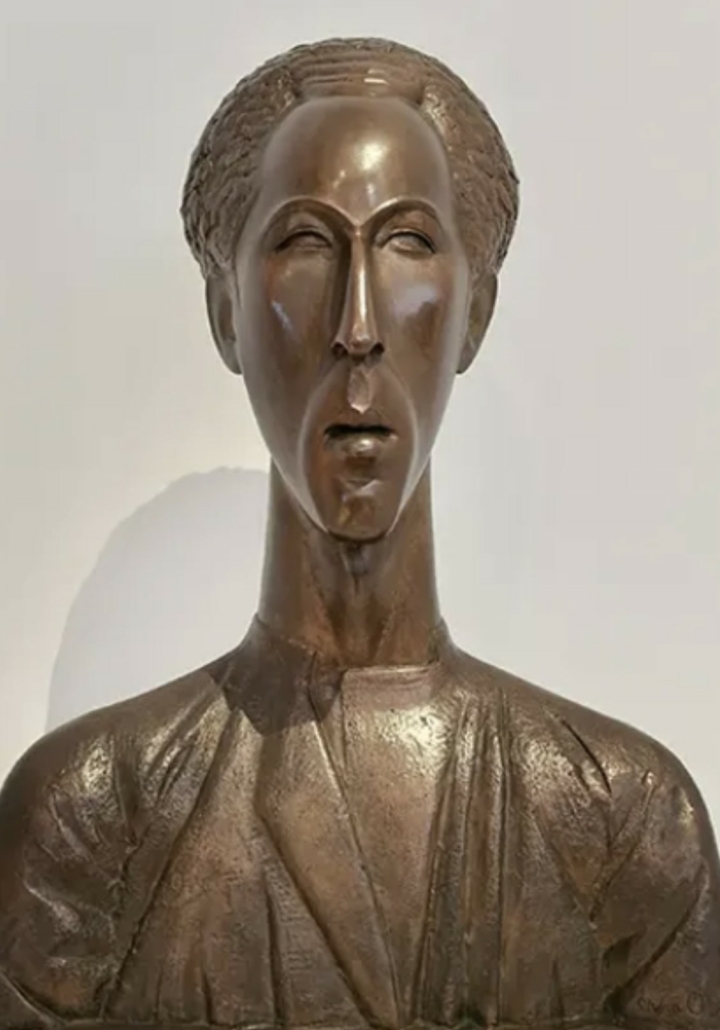
Chana Orloff’s success in the interwar period was impressive: she exhibited in France and abroad and, in 1926, she obtained French nationality after receiving the Legion of Honor the previous year. The same year, she had a custom house-workshop built by architect Auguste Perret, near Montsouris park in the 14th arrondissement of Paris, which can still be visited today. Proof of her reputation, Chana Orloff is one of the rare sculptors to take part in the major exhibition of Masters of Independent Art organized at the Petit Palais in Paris in 1937.
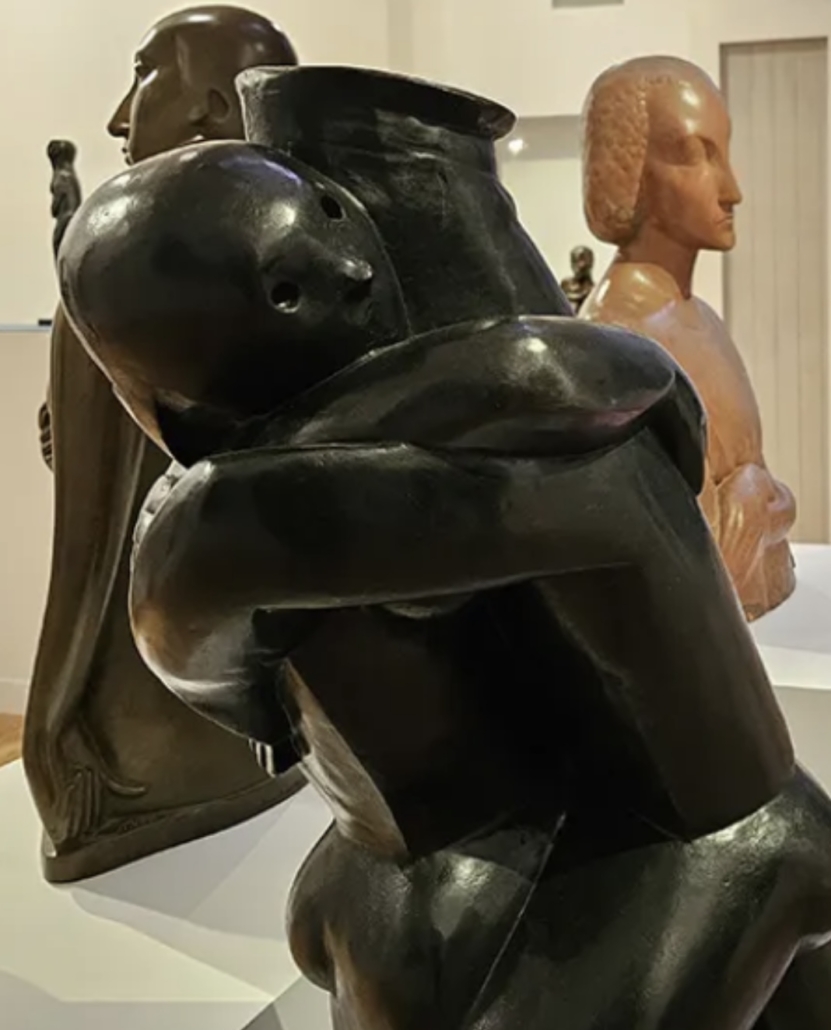
However, the Second World War abruptly interrupted its success. Persecuted because of her Jewish origins, Chana Orloff narrowly escaped the Vel d’hiv roundup with her son and managed to flee to Switzerland. Returning from exile in 1945, she discovered her house-workshop ransacked. However, she returned to sculpture and shared her life between France and Israel where she created several monuments, such as the moving Ein Gev Motherhood, a full-scale model of which is presented in the exhibition. She died in 1968, a year after Zadkine.


